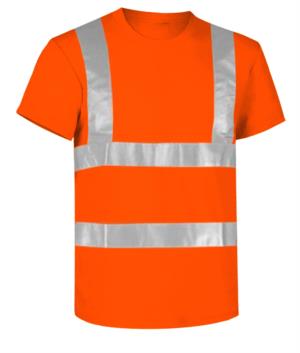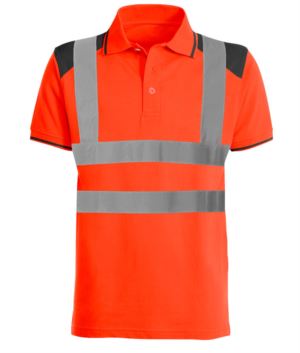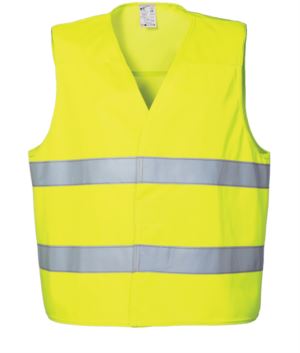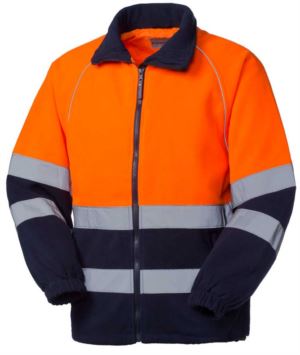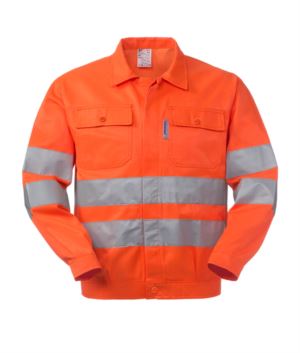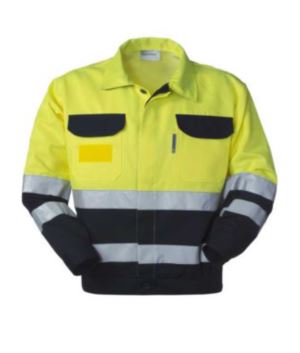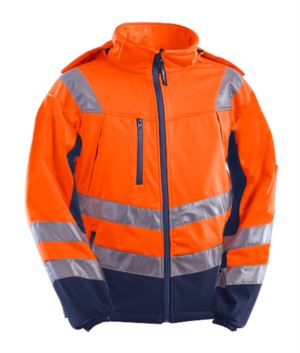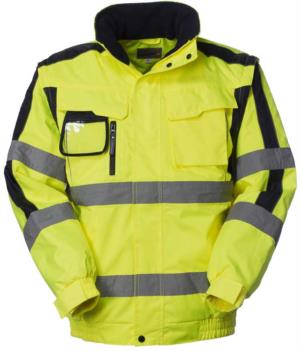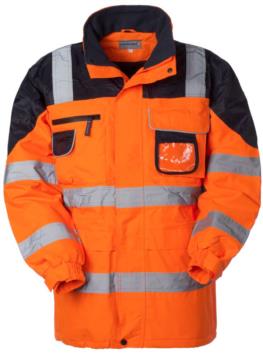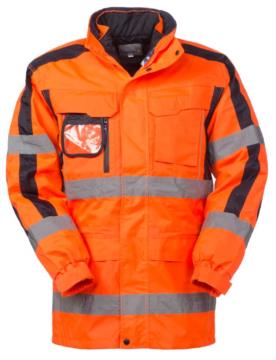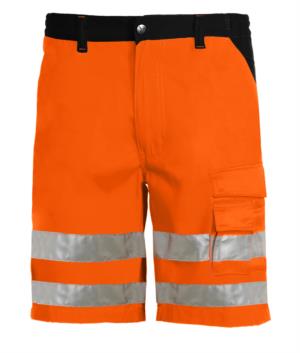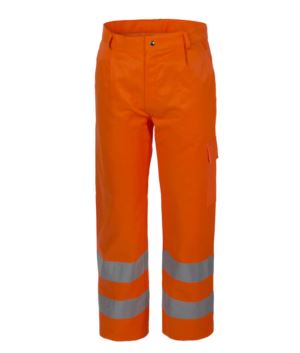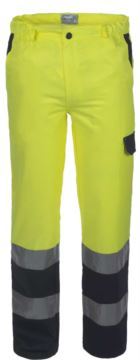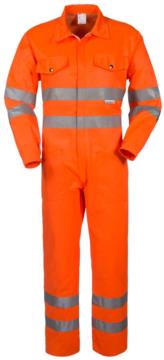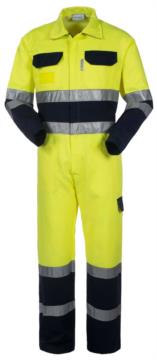≡
- PRODUCTS
- WORKWEAR
- - DUCATI WORKWEAR
- - Aprons and Smocks
- - Caps and hats
- - Lab and work coats
- - Coveralls
- - Bib overalls and dungarees
- - Summer jackets
- - Winter Jackets
- - Short workwear jackets
- - Workwear jackets
- - Jumpers and Fleeces
- - Polo shirts
- - Shirts
- - Sweatshirts and hoodies
- - Thermal underwear
- - Pants, trousers and shorts
- - T-shirts
- - Waistcoats
- - DUCATI WORKWEAR
- PPE PROTECTIVE CLOTHING
- - Acid-resistant Workwear
- - Anti-entanglement protective clothing
- - Clothing for protection against Electric Arc
- - Cold storage Workwear
- - ESD workwear
- - Firefighters workwear
- - High visibility workwear
- - Multi-standard trivalent workwear
- - Oil & Gas Workwear
- - Protective clothing against heat and flame
- - Protective clothing against limited flame spread
- - Welding Workwear
- - Electrostatic dissipative workwear
- - Acid-resistant Workwear
- CORPORATE CLOTHING
- PROFESSIONAL SECTORS
- MADE IN ITALY
- DOWNLOAD CATALOGUE
- WORKWEAR
- PROMOTIONS
- SERVICES
- COMPANY
- CONTACT US




